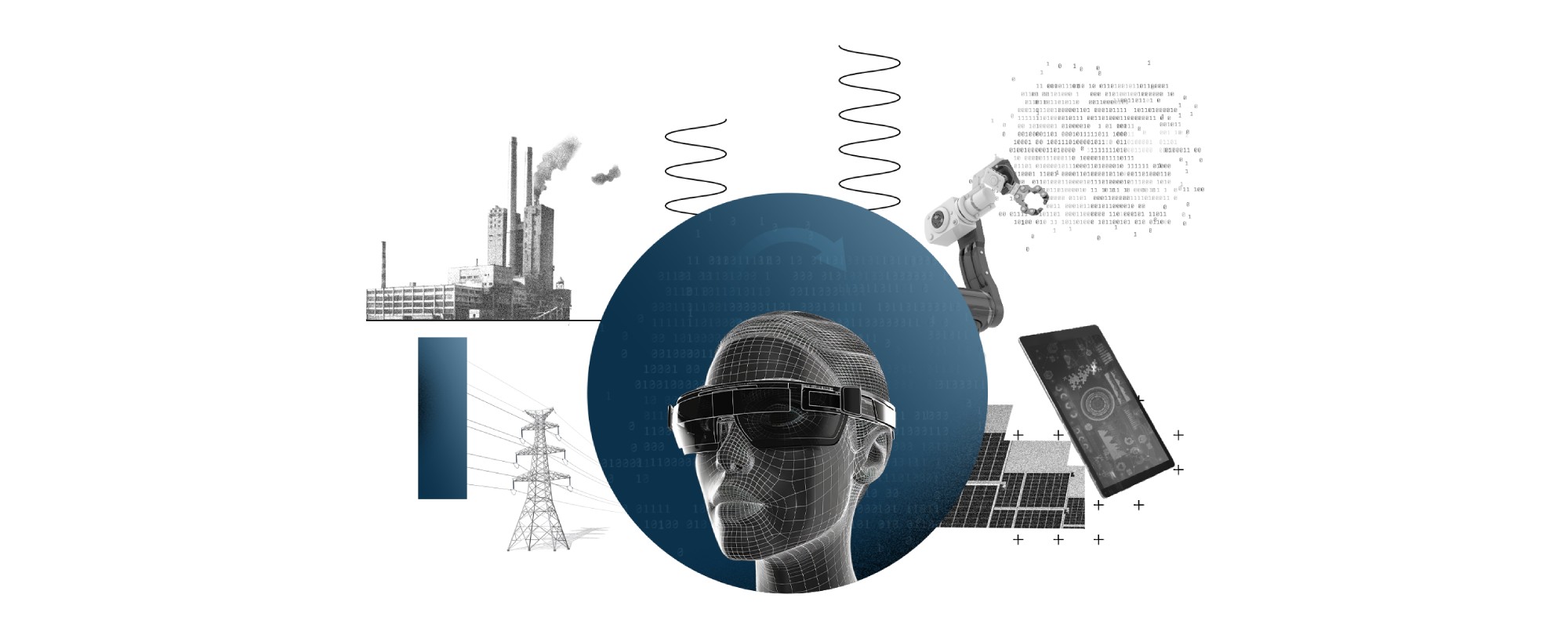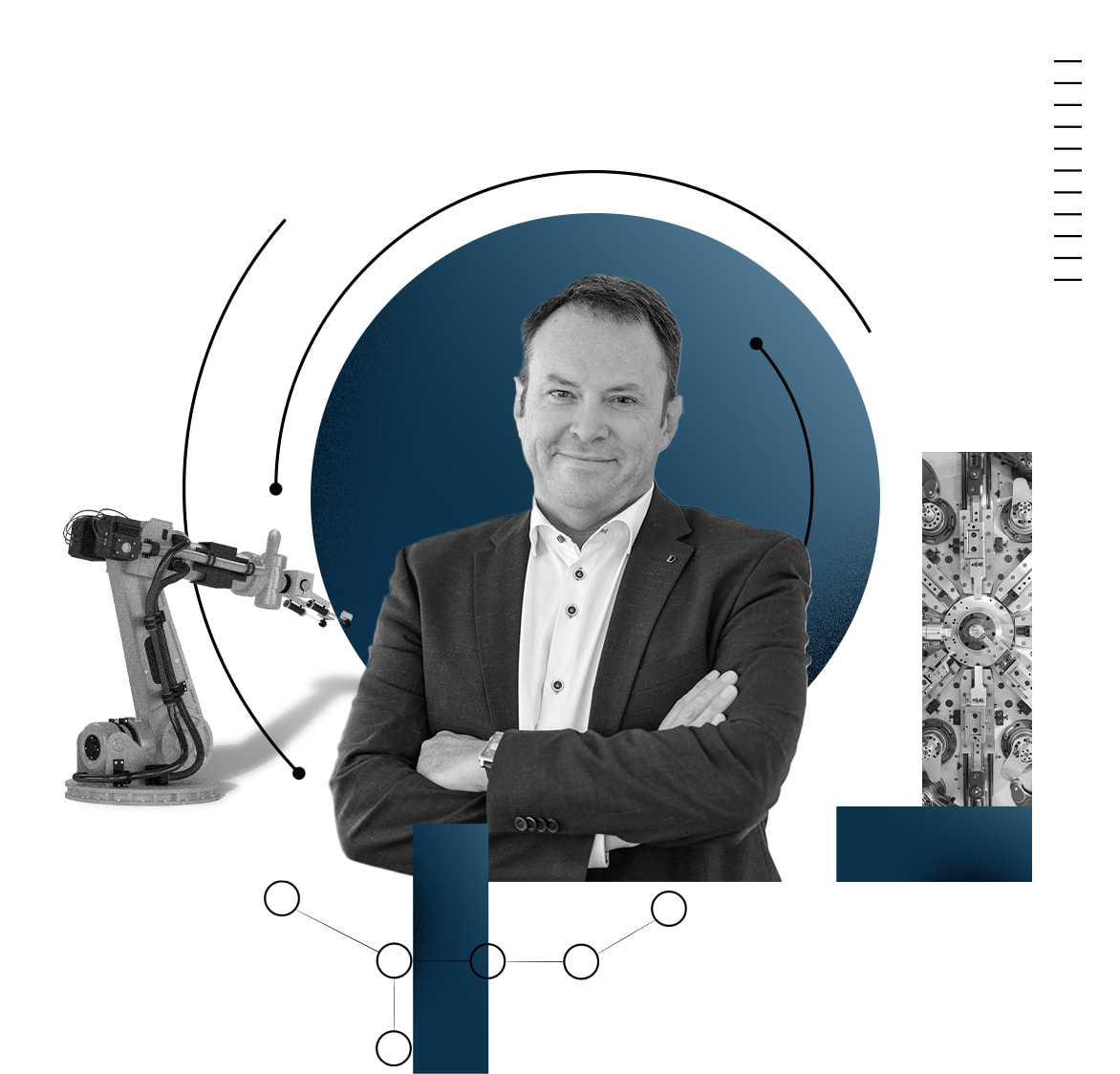How industry is reinventing itself with industry 4.0
This comes as no surprise, since changes in the workshops have always been associated with breakthroughs in technology, continuing a cycle that began with two industrial revolutions. The steam engine and the first factories were followed by the arrival of electricity, machine tools and mass production, and then – in the 1950s – by electronics, automation through programming, numerical control machinery, industrial robots and the first supervisory software packages.
The fourth revolution, currently unfolding, directly continues the ongoing process of computerization, while taking it to a whole new level. The first step is to establish a new energy base, moving away from the fossil fuels that powered the previous three revolutions. The second step is to maximize the use of a key new resource – corporate data – by building on a powerful high-tech mix that has now reached maturity: very high-speed infrastructure (fiber for fixed connections and 5G for mobile), combined with data hosting and mass processing (Cloud, Big Data, AI), decentralized intelligence and smart objects (IoT) and new forms of human-machine interaction (mixed reality, digital twinning, avatars).
This avalanche of innovations is paving the way for a complete rethink of the way companies work, with particular emphasis on all the processes involved in production. For many industrial powers, this is now a priority. It is no coincidence that Germany was the first to launch an Industry 4.0 plan in 2011, with an eye to maintaining the excellence of its industrial base. Pursuing the same objective, China is investing in high value-added factories in order to retain its industrial might and address a growing labor shortage. France adopted a similar strategy in 2015, with its Alliance for the Industry of the Future, an association of 32,000 companies meeting every year at the Global Industry trade show. This year, Nexans was in the spotlight claiming two Golden Tech awards in the Designer and Maker categories at the 2023 event, held last March in Lyon.




